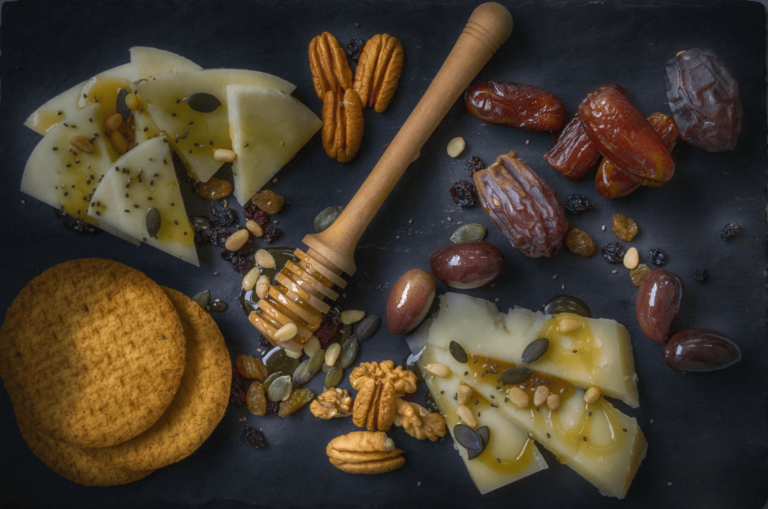How to Treat and Prevent Clogged Milk Ducts?

Nearly half of all breastfeeding parents decide to stop nursing due to complications like clogged milk ducts, according to a 2022 survey. That’s unfortunate, especially since there are effective ways to treat and prevent clogged milk ducts. Here’s everything you need to know about managing this common breastfeeding issue.
What Are Milk Ducts?
Milk ducts are tube-like structures inside your breasts that transport milk from the breast tissue to the nipples. While it was once believed that each breast contained 15 to 20 milk ducts, recent research suggests there are only about nine per breast. The number or size of milk ducts doesn’t correlate with milk production.
What Causes Blocked Ducts in Breasts?
A blocked milk duct occurs when there’s an obstruction either at the nipple or further along the ductal system. Contrary to popular belief, milk duct “clogs” are not due to stuck milk but rather inflammation that restricts milk flow. Blocked ducts are most common during the first six to eight weeks postpartum. The main culprits include:
- Poor Latch: Ineffective drainage of the breast due to a less-than-ideal latch.
- Infrequent Feeding: Skipping nursing or pumping sessions leads to severe engorgement.
- Pressure on Breasts: Tight clothing, bras, or straps pressing across the chest.
- Feeding Schedule Changes: Weaning or starting solid foods.
What Does a Clogged Milk Duct Feel Like?
Symptoms of a clogged milk duct progress gradually and include:
- A hard lump on your breast that moves or gets smaller after nursing.
- Swelling near the lump.
- Redness and warmth around the lump.
- Pain or soreness when touching the lump.
- Discomfort during letdown.
- Small milk blisters on the nipple (nipple bleb).
Related: 12 Natural Ways To Increase Your Breast Milk Supply
How to Get Rid of a Clogged Milk Duct
If you suspect a clogged milk duct, start treatment immediately to prevent a breast infection. Here’s how:
- Massage: Gently massage your breasts to reduce inflammation, avoiding deep massage.
- Cold Compress: Apply ice every hour for 10 minutes to reduce inflammation and pain. Avoid direct skin contact with ice.
- Pain Reliever: Consult your healthcare provider about taking acetaminophen or ibuprofen.
- Regular Nursing Schedule: Maintain your usual nursing or pumping schedule to avoid overstimulation.
- Lactation Consultant: Seek help to improve your baby’s latch and ensure effective breast drainage.
- Supplements: Consider sunflower or soya lecithin capsules to reduce inflammation.
- Avoid Soaking: Do not soak your breasts with saline or other topical products.
How Long Does It Take for a Clogged Milk Duct to Resolve?
Most blocked ducts clear within two days with home treatment. If symptoms persist or you experience fever, fatigue, severe pain, nipple discharge, or flu-like symptoms, contact your healthcare provider immediately.
Clogged Milk Ducts vs. Mastitis
Untreated clogged ducts can lead to mastitis, marked by rapid onset of fever, chills, body aches, red and swollen breasts, severe pain, and nipple discharge. If you have these symptoms, seek immediate medical attention for possible antibiotic treatment.
How to Prevent Clogged Milk Ducts
To reduce the risk of clogged ducts:
- Fully Drain Breasts: Ensure your breasts feel lighter and empty after feeding or pumping.
- Regular Feeding: Avoid skipping breastfeeding sessions. Pump if you are away from your baby.
- Proper Bra Fit: Wear supportive, well-fitting bras without underwire.
- Lactation Consultant: Regularly check your baby’s latch and breastfeeding positioning.
- Prioritize Rest: Maintain hydration, a healthy diet, and adequate rest. Consider using a sleep system like SNOO to improve rest.
By following these guidelines, you can effectively manage and prevent clogged milk ducts, ensuring a smoother breastfeeding experience.
Related: 13 Best Foods For Breastfeeding






